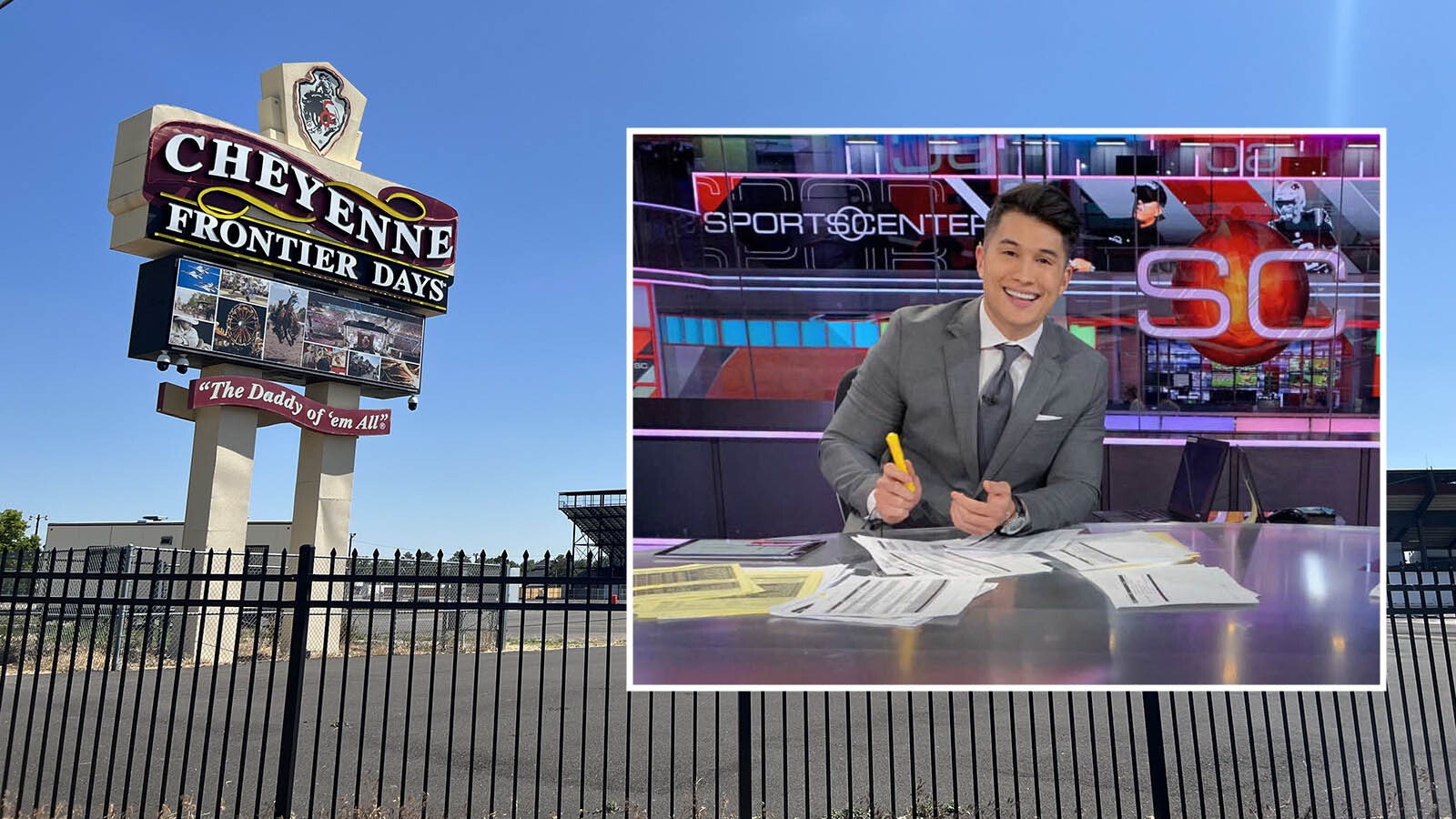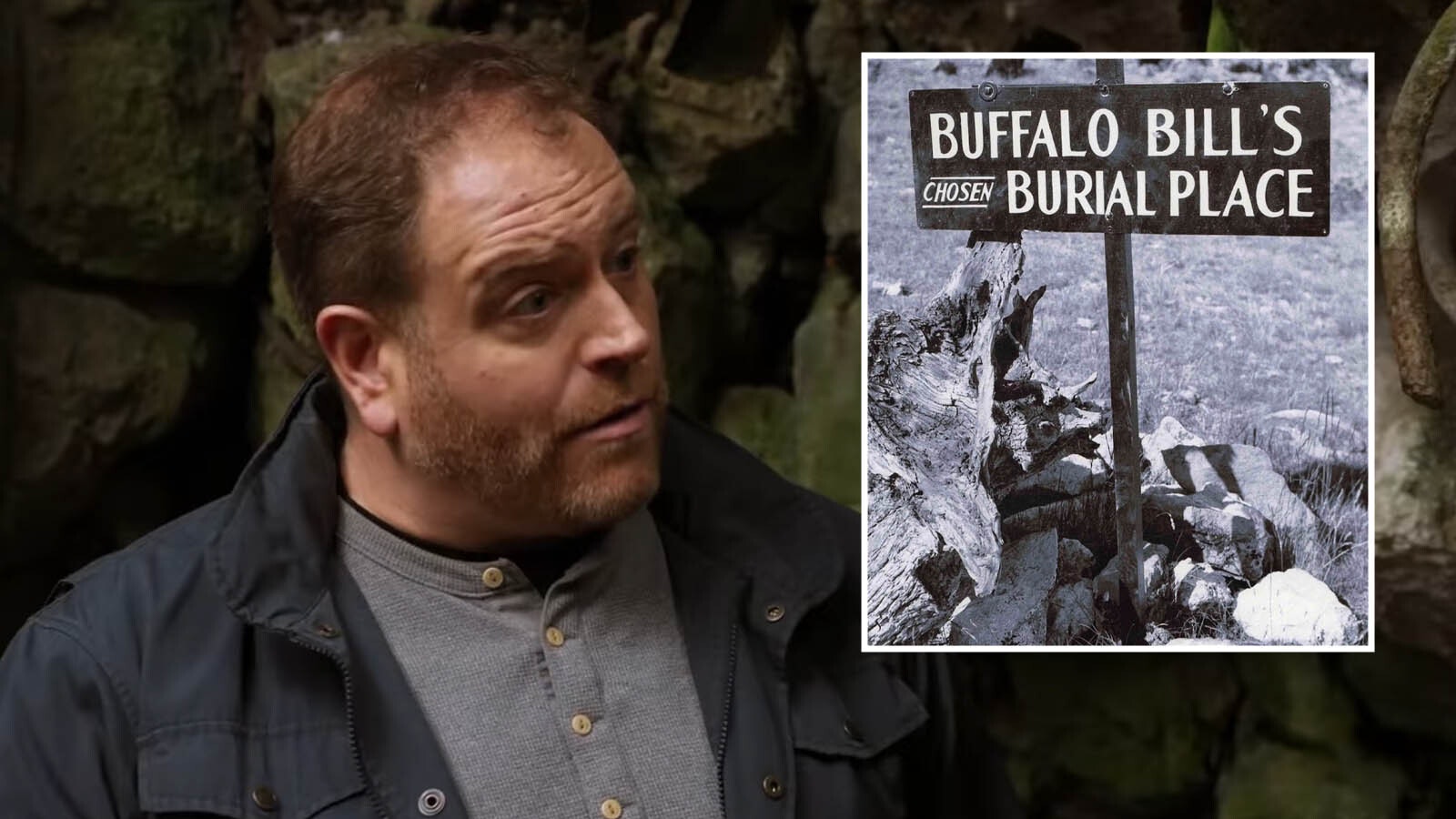Anyone who has ridden in a wagon across the plains of Kansas and Nebraska knows it is not a smooth journey. But for Narcissa Prentiss Whitman, who crossed the region in 1836, the wagon she rode in was a great mode of transportation.
“If I had looked the world over I could not have found one more carefully and better qualified to transport a female such a distance,” she wrote her sister and brother back in New York.
Narcissa so badly wanted to engage in missionary work that she entered a marriage of convenience with Dr. Marcus Whitman to gain the opportunity.
For the trip west from St. Louis, the Whitmans were joined by missionary Rev. Henry Spalding and his wife Eliza. These two missionary wives would be the first white women to cross the Rocky Mountains with a fur brigade and their husbands.
In St. Louis, the missionary couples had joined William Gray, three additional missionaries headed for the Pawnee villages, and five Nez Perce youths.
Narcissa described St Louis: “The buildings are not splendid, many of them are uncouthly constructed, and it has the appearance of a city going to decay.”
This city at the time was rough with its mixture of Kentucky hunters, French Creoles, Canadian fur trappers and merchants who had a broad assortment of goods.
The group departed St. Louis by steamboat. They steamed up the Missouri River to Independence and St. Joseph, Missouri.
There, as they set off overland, the missionaries had two wagons, a light Dearborn that belonged to Eliza Spalding (and which was used by both missionary couples) and a freight wagon hauling goods and supplies.
Near Bellevue, Nebraska, they learned that the fur caravan they hoped to travel with had already started west and was several days ahead of them.
Knowing they must travel with the traders for protection and assistance, the missionaries pushed on, traveling up to 60 miles in long, grueling days that, as Dr. Whitman noted, “Tested the abilities of our ladies.”
A lack of axle grease slowed the fur caravan, so the missionary party was able to catch up. Now they were part of a larger group as they followed a route that would eventually become the Oregon Trail.

On The Extensive Plains
The women found it “awkward work to bake out of doors at first,” but soon became “accustomed to it.” They stopped for noon breaks.
By the time they had reached central Nebraska, they had used most of their supply of flour, retaining only enough to thicken the broth that came from cooking buffalo.
Eliza Spalding described the region along the Platte River as having “majestic sand bluffs” and “extensive plains,” noting the prairie was covered with “delightful scenery to the eye of the traveler.”
Fortunately for the party, buffalo herds were plentiful so they had food. While Narcissa found the meat “relishes well,” Eliza did not fare so well and became “quite sick” from the repetitive diet.
Fort Laramie had not been built when the Whitman-Spalding party passed through, but an earlier establishment, a fur trade post that originated as Fort John and later became Fort William, served travelers.
At Fort William, the fur caravan left its wagons and repacked the supplies onto horses and mules. The missionaries abandoned their large wagon, putting as much as they could on the lighter Dearborn wagon.
From this point the two women would ride horseback on the sidesaddles they had brought for that purpose. They were proving their determination and mettle to their husbands and the fur traders with whom they traveled.
The route the missionary and fur caravan took veered away from the North Platte River at what is now Casper, and in a two-day, nearly 60-mile crossing struck out for the Sweetwater River.
Although they no doubt passed Independence Rock, in their day it was not the landmark register of emigrant names that it later became and did not warrant any particular attention.
They reached South Pass on July 4, 1836, and were coming very close to the fur rendezvous.
That day Eliza Spalding wrote in her diary that they, “Crossed a ridge of land today called the divide; which separated the waters that flow into the Atlantic from those that flow into the Pacific.”
The gradual ascent to the divide may have made the crossing seem unremarkable, but almost certainly when they arrived at the fur rendezvous on the Green River at a place north of today’s Pinedale, there was a measure of excitement for all concerned.
A Greeting At Rendezvous
Rendezvous was a raucous gathering of mountain trappers and traders, plus Indians of various tribes. For two white women to show up it must have been like a reminder of home for the mountain men and surprise on the part of the Indians.
When the travelers hove into sight, a welcoming party raced out to greet it raising high-spirited whoops and brandishing weapons that they fired into the air.
While the fur trappers might have been surprised at the arrival of the white women, Narcissa Whitman did not write home about the men.
Instead, she wrote her family, “As soon as I alighted from my horse I was met by a company of matron [Indian] women. One after another shaking hands and salluting me with a most hearty kiss. This was unexpected and affected me very much. They gave Sister Spaulding the same salutation. After we had been seated awhile in the midst of the gazing throng, one of the chiefs whom we had seen before came with his wife and very politely introduced her to us.”
She added, “They say they all like us very much and thank God that they have seen us, and that we have come to live with them.”

Headed For The Place Of The Rye Grass
After a sojourn at the rendezvous, Nez Perce guides took the missionary party on west across western Wyoming and into Idaho.
Hudson’s Bay Co. trader Nathaniel Wyeth established Fort Hall in 1834 on the Portneuf River of southeastern Idaho.
Here Whitman modified the Dearborn wagon into a two-wheeled cart to continue hauling their gear over the rough country, as there was not much of a trail to follow.
The missionaries had a long, hot crossing as they traversed the Snake River Plain before leaving the Snake River at Farewell Bend, Oregon, and continuing north over the Blue Mountains to Pendleton, Oregon.
They then traveled to present Walla Walla, Washington, where the Whitmans established their Whitman Mission — Waiilatpu — the Place of the Rye Grass, to serve the Cayuse tribes.
Henry and Eliza Spalding followed the Clearwater River to its confluence with Lapwai Creek. There they established a mission they called Lapwai, known to the Indians as the Place of the Butterflies.
It lay in the heart of Nez Perce country at a site long used as a tribal winter camp.
While the Spalding mission at Lapwai continued for many years, the Whitman Mission had a shorter lifespan.
On Nov. 29, 1847, following an outbreak of measles that killed many tribal members, the Cayuses rose against the doctor and his wife, killing them and nine other people and taking many mission residents, including women and children, captive.
Today both the Whitman Mission and the Spalding Mission are National Historic Sites.
The significance of the trip Eliza Spalding and Narcissa Whitman made in 1836 comes from the fact that they demonstrated that white women from the East could cross the country and establish homes in the West.
They would be followed by hundreds of thousands migrating on the Oregon, California and Mormon trails.
Candy Moulton can be reached at Candy.L.Moulton@gmail.com.





